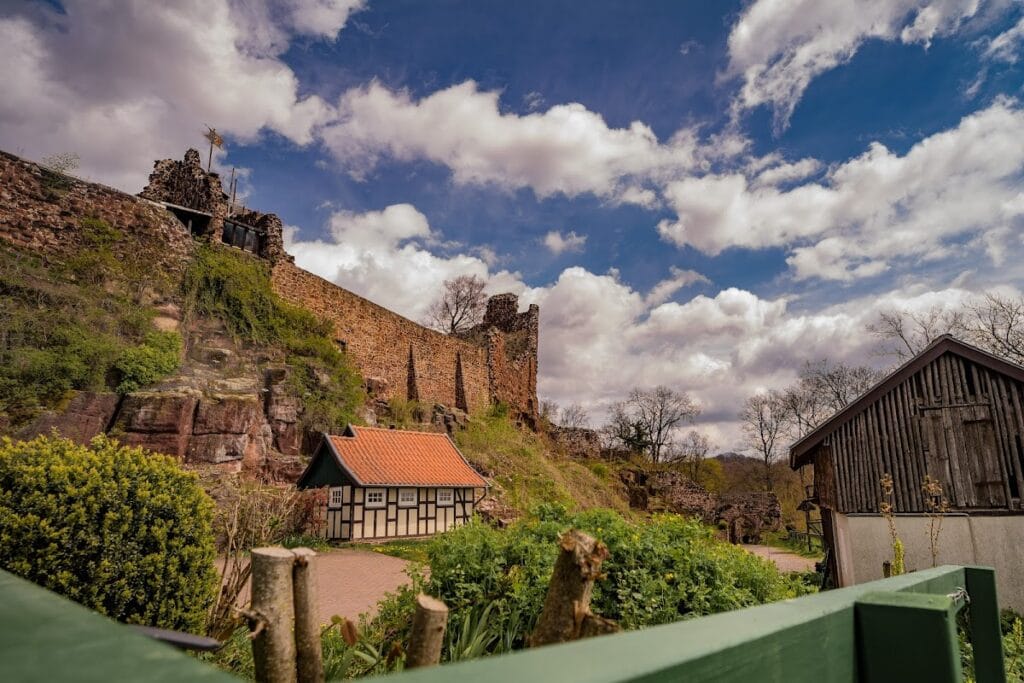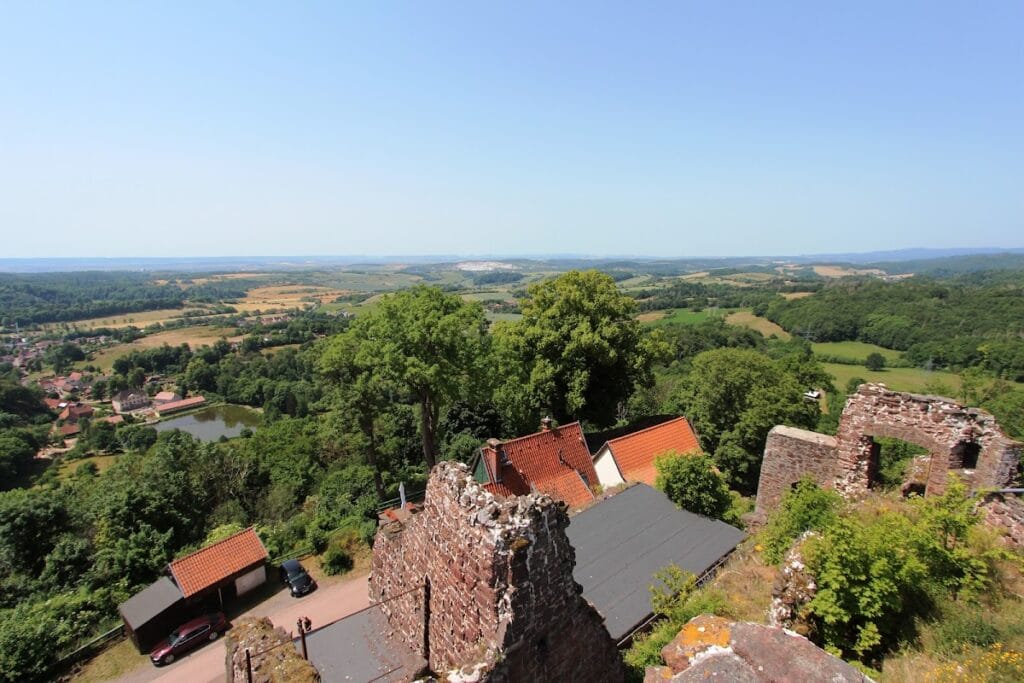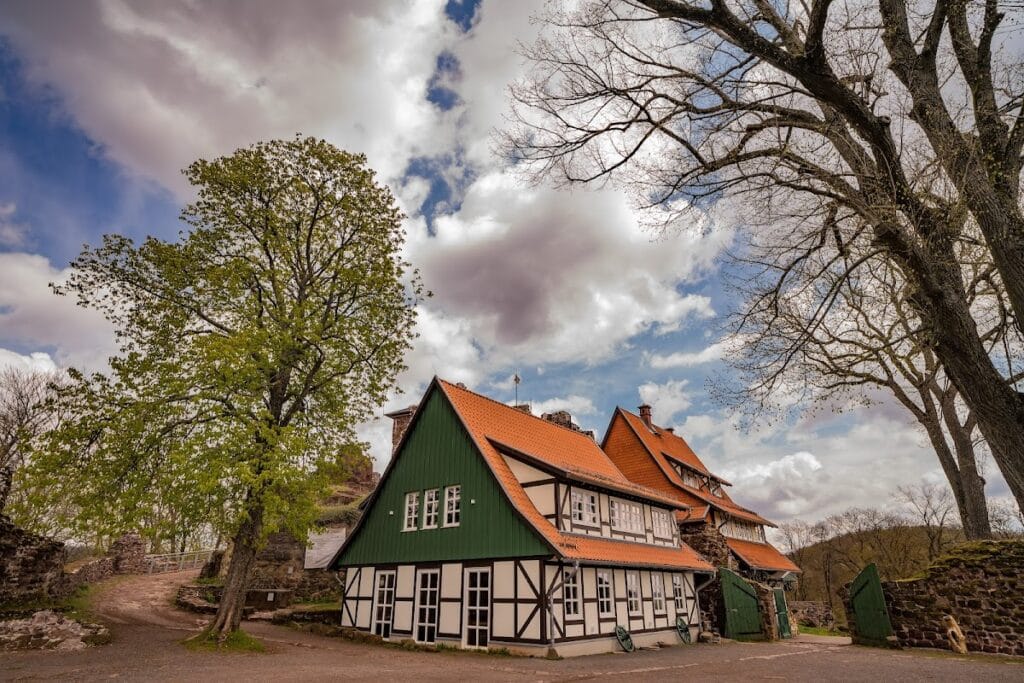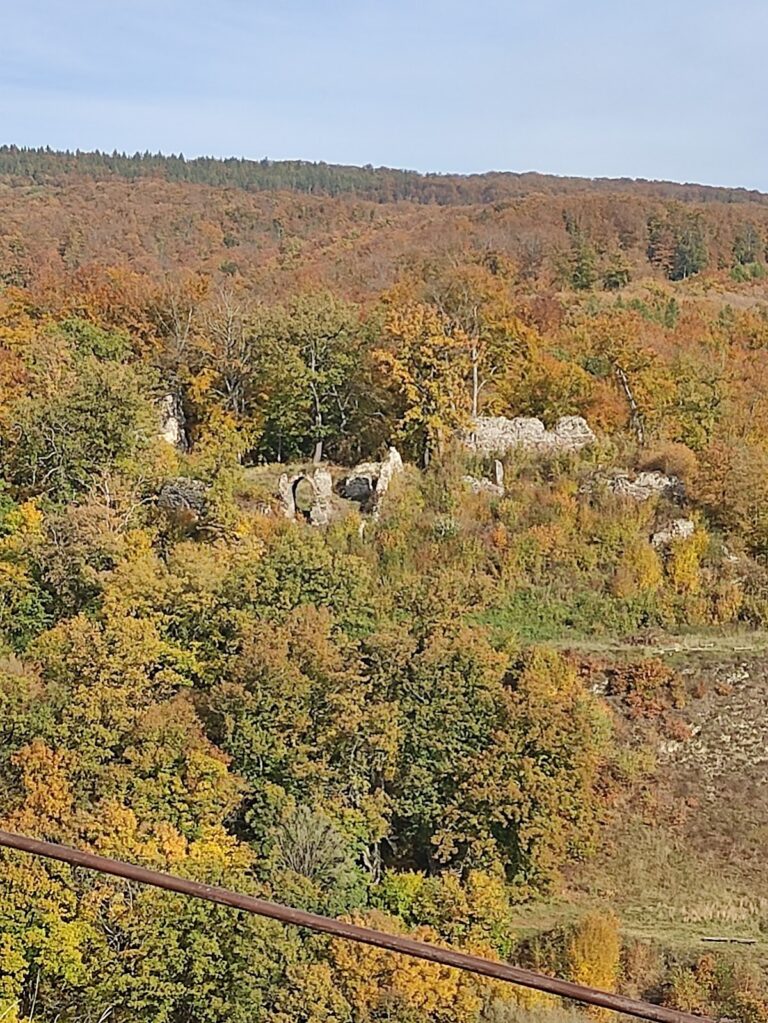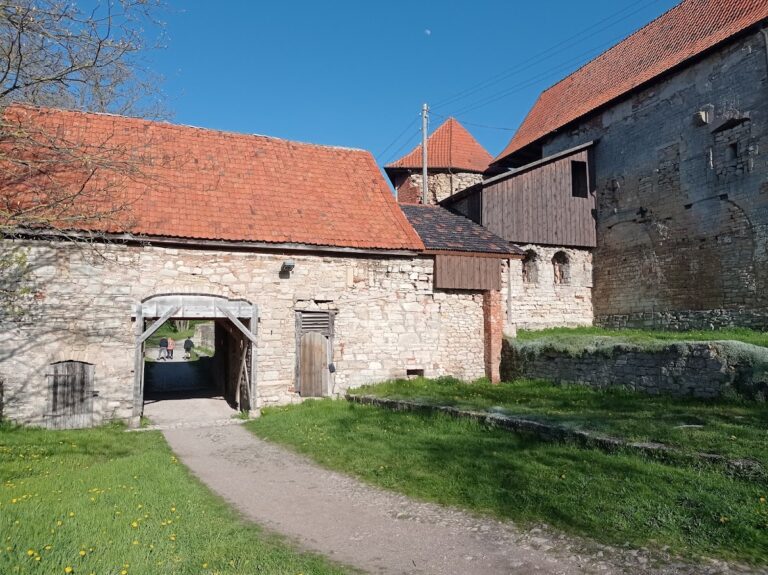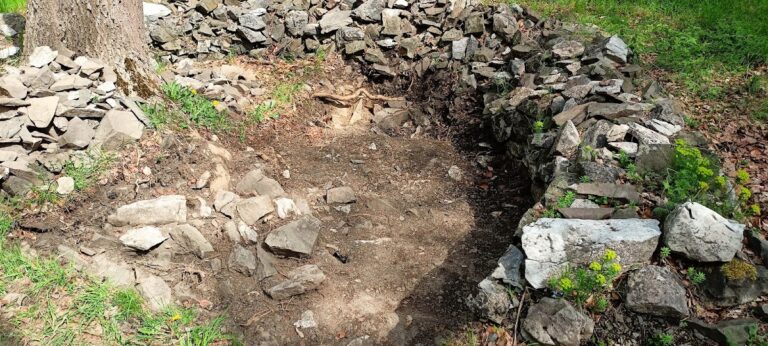Hohnstein Castle: A Historic Hilltop Fortress in Germany
Visitor Information
Google Rating: 4.7
Popularity: Medium
Official Website: www.burghohnstein.de
Country: Germany
Civilization: Medieval European
Site type: Military
Remains: Castle
History
Hohnstein Castle is a hilltop fortress situated near the municipality of Neustadt in modern-day Germany. It was established by Germanic nobility during the mid-12th century on a wooded rocky elevation above the surrounding landscape.
The construction of the castle is traditionally linked to Count Konrad of Sangerhausen, who was related to the Thuringian Landgrave Ludwig the Springer. While this connection is generally accepted, there is no definite evidence tying Konrad directly to the later owners known as the Counts of Honstein from Ilfeld. Around the 1170s, the castle was acquired from the Welf dynasty by this family, which adopted the Honstein name and moved their ancestral seat here, leaving behind Ilburg. The first recorded mention of the castle dates to 1202. Throughout the 13th century, the Honstein counts used Hohnstein as their power center while expanding their territorial reach into the Thuringian Basin, including areas around Arnstadt and Gotha.
By 1315, the family estate was divided, leading to a decline in the castle’s strategic and military significance. The fortress endured assaults during the Flegler War, falling into enemy hands twice—in 1380 and again in 1412—events that resulted in the loss of ownership by the Honstein lineage. Despite these setbacks, the castle remained militarily valuable during the Peasants’ War in the early 16th century, serving as a refuge for the abbot of the nearby Ilfeld Abbey, who sought protection for himself and the abbey’s treasures within its walls.
In the early 1400s, the Counts of Stolberg became the new proprietors of the castle. They undertook extensive renovations, transforming the medieval fortress into a Renaissance residence fit for nobility. This included adaptations to accommodate artillery, such as the construction of a specialized tower, reflecting the evolution of warfare during this period. These modifications elevated Hohnstein into one of the largest and most formidable castles within the Harz region.
Ownership changed once again at the close of the 16th century, passing first to the Schleinitz family in 1593 and then to Duke Heinrich Julius of Brunswick-Wolfenbüttel a decade later. The castle’s active role ended dramatically during the Thirty Years’ War when Saxon troops, led by Lieutenant Colonel Vitztum von Eckstedt, stormed and set fire to the fortress in 1627 after unsuccessful attempts to extort the Counts of Stolberg. This destruction reduced the castle to ruins, sparing only a few elements such as the chapel’s bell and altar. In the centuries that followed, the castle gradually fell into decay until restoration efforts began in the late 20th century.
Remains
Hohnstein Castle occupies a rocky promontory rising roughly 403 meters above sea level, surrounded by dense woodland that once protected the stronghold. Initially constructed as a hill fortress, its layout capitalized on the natural topography, with stone walls built to follow the contours of the Schloßberg. Over time, the structure expanded into a Renaissance Schloss under the stewardship of the Counts of Stolberg, reflecting both defensive needs and residential ambitions.
A significant addition from this period is the artillery tower, designed to house cannon and other early firearms. This feature illustrates the castle’s adaptation to changes in military technology during the 15th and 16th centuries. Built largely from locally quarried stone using masonry techniques of the time, this structure was integrated into the older fortifications to enhance defensive capabilities.
Following the devastating fire caused by Saxon forces in 1627, much of the castle was reduced to rubble. However, several elements survived the blaze. Among these are the chapel bell and altar, which were carefully salvaged and remain notable relics of the former place of worship within the castle grounds. The ruins themselves have lingered for centuries, weathering natural erosion and human activity.
In the late 20th century, systematic restoration and preservation work began to stabilize the remaining walls and safety features, securing the site for study and protection. Today, the castle ruins provide a tangible connection to its layered history and are marked as an official point along the Harzer Wandernadel hiking trail network, identified as checkpoint 98. In proximity to the principal gateway, a café now operates within a guesthouse built below the hilltop remnants in the early 1900s, blending contemporary use with conservation of this historical monument.

